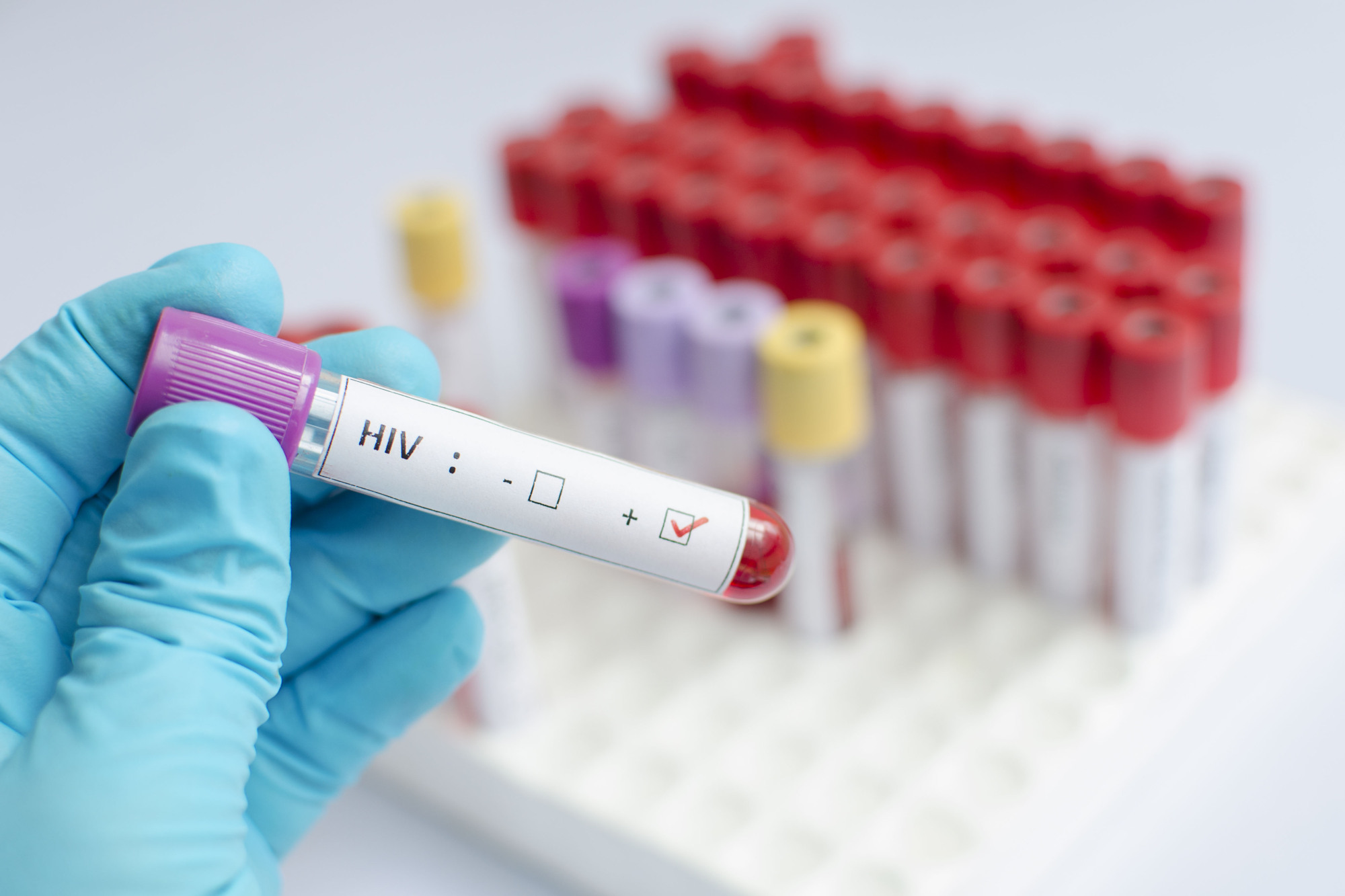The only two people lucky enough to be cured of HIV infection were unlucky enough to find themselves with cancer and HIV at the same time. What saved them both were stem cell transplants from bone marrow donors — last-ditch attempts to save them from the cancers. But in the process, doctors used donors who had a genetic mutation rendering them, and their bone marrow cells, resistant to the virus.
The right reaction to the news of the second cure is, as several researchers have told me, nuanced. It is a big deal to AIDS researchers, who for years have been quietly seeking to go beyond managing the disease, and instead shooting for a complete cure. This second case shows what might be possible with a lot more work. But there's an ever-present danger of raising false hopes for millions of people living with HIV, because the stem cell transplant is neither practical nor safe enough to use on anyone who has just HIV and not an otherwise fatal cancer.
AIDS researchers have raised false hope before. In 1997, David Ho of the Aaron Diamond Institute announced that the new crop of anti-retroviral drugs would probably be able to knock out the virus in patients after they continued the regimen for a number of years. He was soon proven wrong, when scientists discovered that the virus is very good at hiding from part of the immune system called memory T cells.



















With your current subscription plan you can comment on stories. However, before writing your first comment, please create a display name in the Profile section of your subscriber account page.